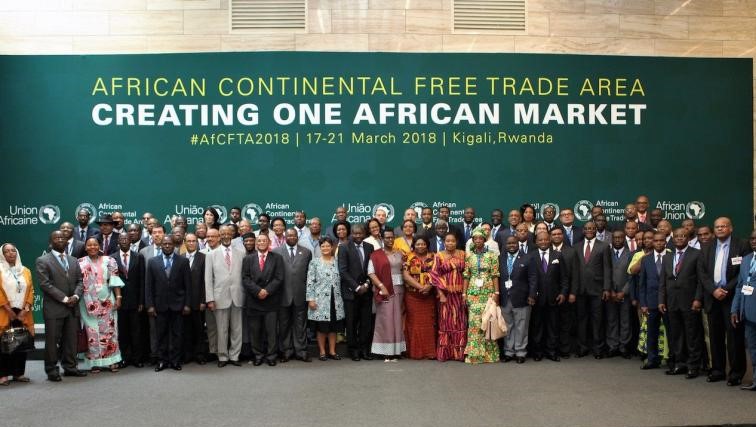
For the second year in a row, FAO is sounding the alarm on world hunger: the number of malnourished people has started to increase again. Reaching 821 million people in 2017, compared to 804 million in 2016, the SOFI report shows us that hunger in the world has returned to levels that it have not seen since 2009. The regions suffering the main degradations are Africa and South America.
The main causes outlined are conflict, climate change and extreme climatic events. For FAO, the increasing prevalence of droughts and floods, temperature increases and changes in quantity and time of precipitation are the main factors leading to increased hunger in the world.
These episodes are highly detrimental to agricultural production in affected countries, and FAO points to 80% interannual variations in agricultural production in some countries due to extreme weather events. And if local production is deficient, the use of imports is of no help. Indeed, FAO points out that the peaks and price volatility that accompany these production shortfalls severely limit the accessibility of food. Especially since these price peaks can extend in a sustainable way over time. And, what’s more, the resulting food and economic crises are affecting farmers and rural people first!
The combination of these climatic phenomena and episodes of food crisis eventually lead to “the collapse of response mechanisms and loss of livelihood and can be a significant factor leading to migration and forced displacement”. As FAO pointed out in 2016, migration, agriculture and rural development are closely linked.
The key role of agriculture in tackling the effects of climate change, food crises and migration can not be overemphasized. Source of employment, food and stability, agriculture is the key sector in which we must invest if we wish to fulfill the Sustainable Development Goals, both at national levels and on the international scene.












